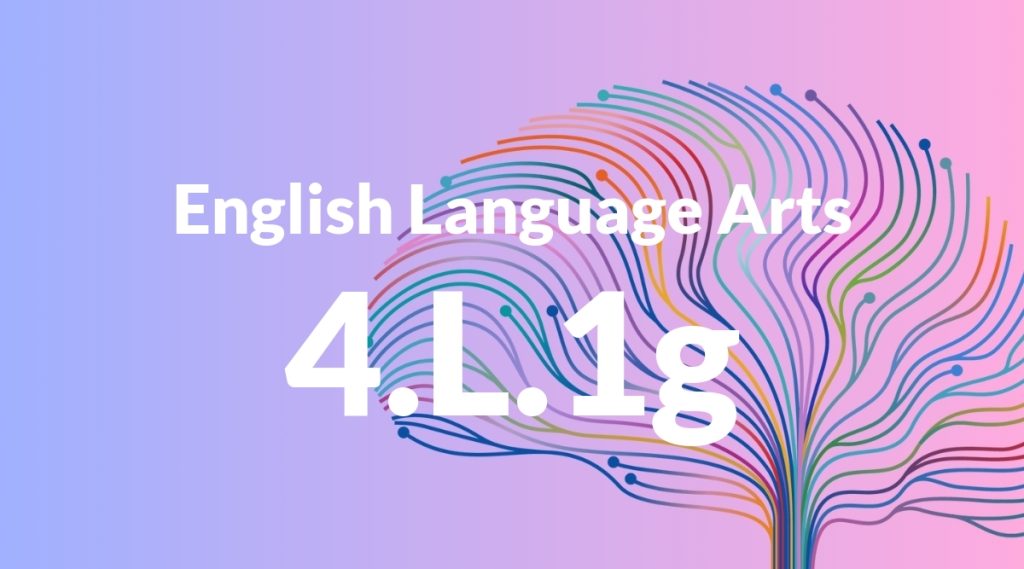Standard: 4.L.1g – Correctly use frequently confused words (e.g., to, too, two; there, their).*
Grade level: Grade 4
Subject: English Language Arts
Domain: Language
Teacher Overview
This standard focuses on helping students correctly use frequently confused words, such as ‘to’, ‘too’, ‘two’ and ‘there’, ‘their’, and ‘they’re’. Mastery of this standard is crucial for clear communication and helps students avoid common writing errors. It builds a foundation for more complex language skills in future grades. Students should have a solid understanding of basic sentence structure and be familiar with the concept of homophones—words that sound the same but have different meanings and spellings.
After mastering this standard, students will develop more advanced grammar skills, including the correct use of other homophones and more complex sentence structures. They will also improve their overall writing clarity and precision.
Common Misconception 1
Students often confuse ‘there’, ‘their’, and ‘they’re’ because they sound the same but have different meanings and uses. ‘There’ refers to a place, ‘their’ is a possessive pronoun, and ‘they’re’ is a contraction of ‘they are’.
Intervention 1
Use visual aids and mnemonic devices to help students remember the differences, such as ‘there’ has ‘here’ in it, ‘their’ has ‘heir’ in it, and ‘they’re’ is a contraction of ‘they are’.
Common Misconception 2
Students may mix up ‘to’, ‘too’, and ‘two’ because they are homophones with different meanings. ‘To’ is a preposition, ‘too’ means ‘also’ or ‘excessively’, and ‘two’ is the number 2.
Intervention 2
Provide practice exercises that focus on the context in which each word is used and reinforce through repetition and contextual clues.
Prerequisite Knowledge
Students should understand basic sentence structure and be familiar with the concept of homophones—words that sound the same but have different meanings and spellings.
Subsequent Knowledge
After mastering this standard, students will develop more advanced grammar skills, including the correct use of other homophones and more complex sentence structures. They will also improve their overall writing clarity and precision.
Instructional Activities
- Homophone matching games
- Sentence correction worksheets
- Group activities where students create sentences using the correct words
- Interactive online quizzes focusing on frequently confused words




